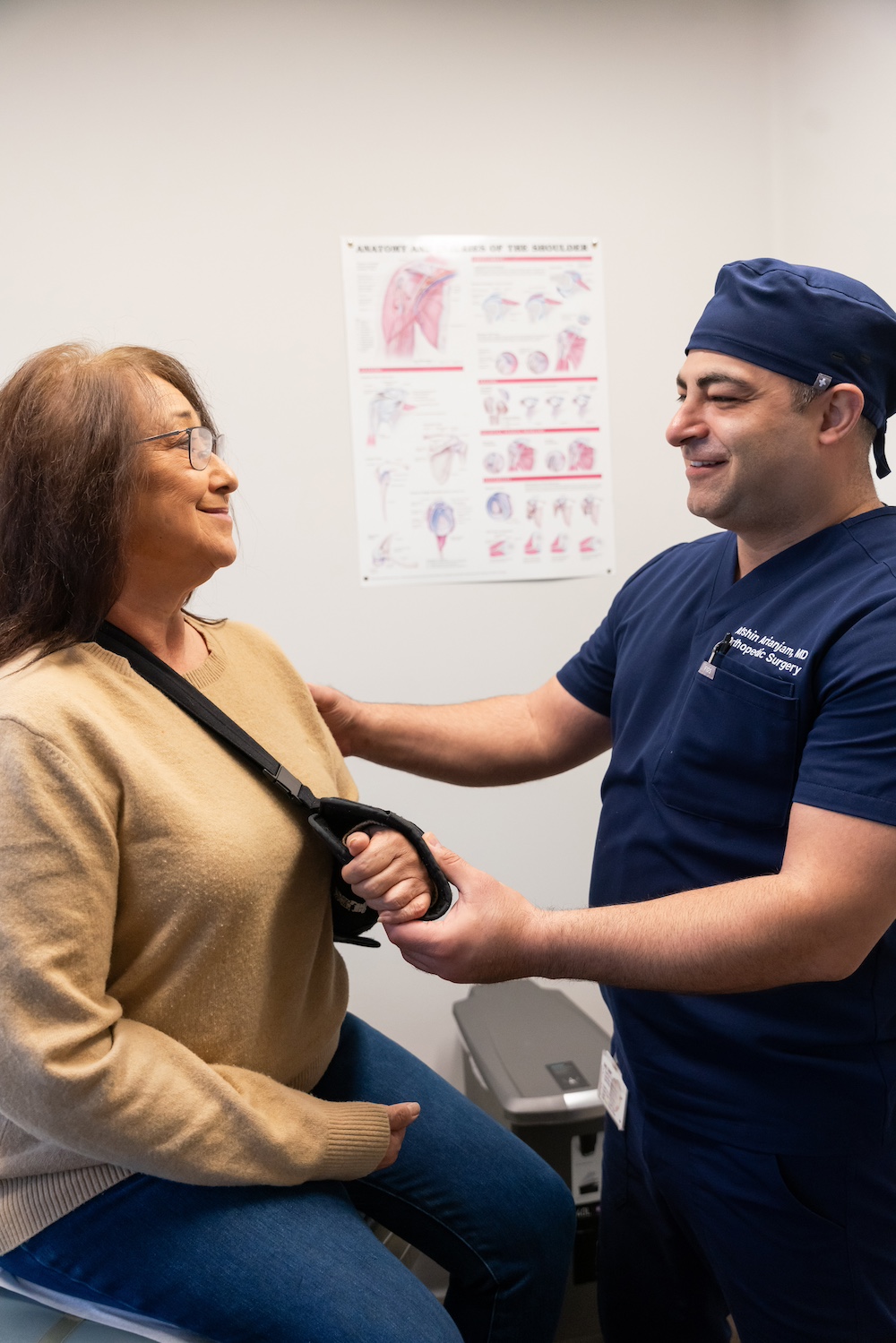Lateral Epicondylitis (Tennis Elbow)
 Lateral epicondylitis is often referred to as tennis elbow. This condition is caused by overuse and is commonly seen in patients who play racquet sports. Lateral epicondylitis is inflammation and micro-tearing of the tendons that attach to the outside of your forearm. These tendons are involved in straightening your elbow.
Lateral epicondylitis is often referred to as tennis elbow. This condition is caused by overuse and is commonly seen in patients who play racquet sports. Lateral epicondylitis is inflammation and micro-tearing of the tendons that attach to the outside of your forearm. These tendons are involved in straightening your elbow.
Symptoms of Lateral Epicondylitis are:
- Tenderness at the outside of the elbow
- Pain when you straighten or raise your wrist
- Pain that shoots from the elbow down into the forearm
- Weakness of forearm
Your provider will be able to diagnose this condition by asking about your symptoms and activity level and by examining your elbow. During the examination, they will have you perform movements that may re-create the pain you are experiencing. They will also apply pressure to the outside of your elbow, or lateral epicondyle, to check for pain and tenderness. X-rays may be obtained to rule out other conditions.
Treatment
Most patients who have lateral epicondylitis have success with nonsurgical treatment. Conservative treatment options include anti-inflammatory medication, rest, bracing, massage, ice, and physical therapy. Another less invasive treatment option is injection with corticosteroid medicine to reduce inflammation.
Surgery for Tennis Elbow
Surgery may be indicated If your symptoms persist despite conservative treatment for 6-12 months. Most surgical procedures for tennis elbow involve removing the diseased muscle and reattaching healthy muscle back to the bone. This surgery is performed in an outpatient setting and rarely requires an overnight stay.
After surgery, your arm will be placed in a splint. Once the splint is removed, you will be able to start stretching exercises. You will be allowed to do strengthening exercises around 2 months after surgery. Patients often return to their full athletic activity 4-6 months after surgery.


 ES
ES